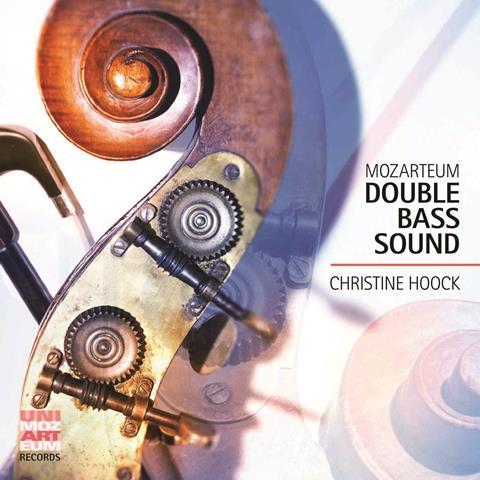
How does one demonstrate the changing fortunes of the double bass? Few people are better placed to do so than Christine Hoock, who is not only one of the instrument’s foremost interpreters, but one of its great teachers, as professor of double bass at the Mozarteum University in Salzburg. This double CD highlights the remarkable work being achieved at her department, encompassing solo pyrotechnics, electronic explorations and the mighty sound of twelve massed double basses. The album begins predictably enough with an accomplished account of Elegia in Re and Tarantella by Bottesini, but what follows is far more engaging. Hoock’s performances are always delightful because of her lightness of touch: compare her sprightly take on Bruch’s sumptuous Kol nidrei with the grumbling interpretations of Boguslaw Furtok et al. Elsewhere she reveals herself as an accomplished arranger, brilliantly rendering the feisty romance of José Bragato’s piano trio Milontan for violin, piano and bass. Things get more interesting still with the introduction of Hoock’s students on the second disc. It’s worth sticking with Bertold Hummel’s thunderous Sinfonia piccola for moments as haunting as the final bars of the Andante sostenuto, where harmonics chime like distant church bells. There are misfires – Paul Chihara’s Dances and Reveries for bass and wind ensemble is atmospheric but doesn’t quite hang together like the other ensemble pieces here. Hoock’s own composition, Rock! Nella Nebbia, thoughts about Stefano Scodanibbio – a collaboration with DJ UmbertoEcho – is tantalising, its dub-like use of space suggestive of where the bass might not simply be catching up with its lighter cousins in terms of repertoire, but forging ahead as a truly 21st-century instrument. For the most part this is a fine recording, although in some pieces the quality suffers because of the variety of settings and arrangements here. TOM SHORT

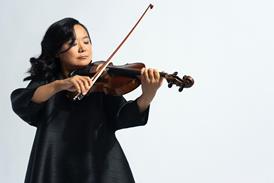


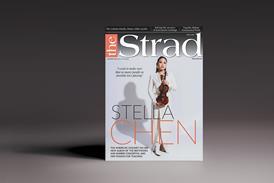
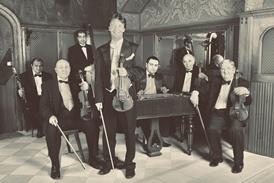






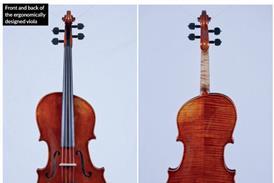
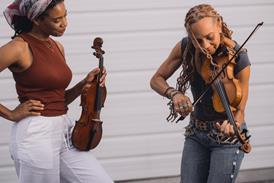


























No comments yet